The Wieliczka Salt Mine, located in southern Poland in the town of the same name, looks like an underground kingdom made from salt blocks filled with many pits and chambers. Opened in medieval times and a decade ago still operational, the mine is known as one of the oldest in the world.
It is also known as the Underground Salt Cathedral of Poland, and declared a National Historic Monument. Today, the salt mine is a popular tourist attraction with many beautiful sculptures and chapels inside that are carved from salt rock.
The grayish rock salt was discovered in the 13th century, and that is when the first shafts were dug in Wieliczka. With a depth of 173 deep and 178 miles long, the mine has many tunnels and a section with chambers that is open to the public. The rooms are connected with galleries filled with carvings made by many artists throughout the centuries.
Because of the salt, an underground sanatorium has been established for people with chronic allergic diseases. Since medieval times and up until 1945, the mine was managed by the Saltworks Castle, which is currently the location of the Krakow Saltworks Museum opened by Alfons Dlugosz.
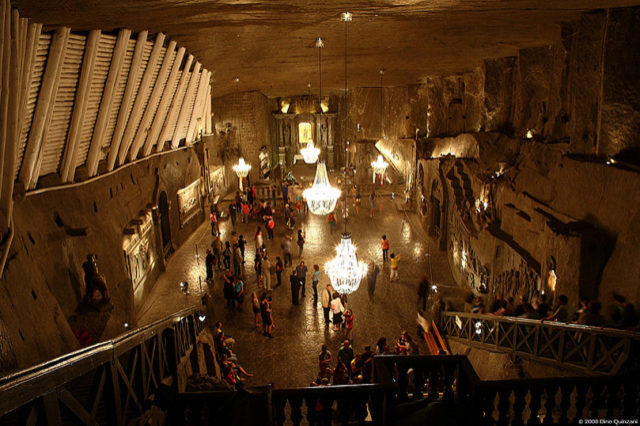
Built as a defensive structure, the castle was extended many times through history. Today, in the museum, visitors can see impressive collections of salt-cellars made of various materials such as wood, silver, and glass, which were made in different periods.
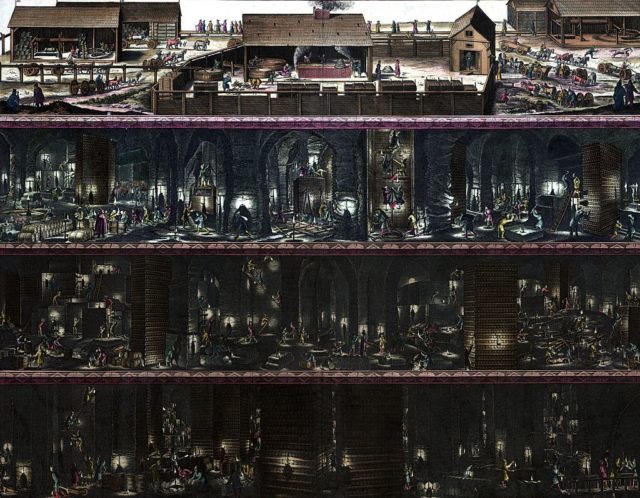
Inside the mine, there are also various elements from many centuries that were brought to improve the work of the miners. Some of the added technologies were the Hungarian wooden treadmills from the 18th century and the Saxon treadmills. The purpose of these machines was to haul the salt to the surface.
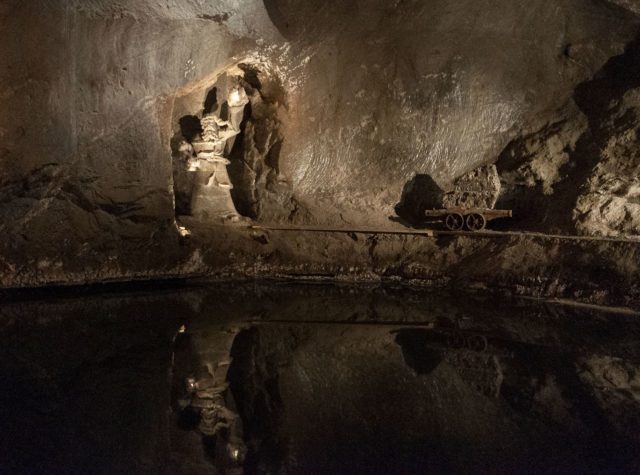
During World War Two, the Nazis occupied Wieliczka, and several thousand Jews from the surrounding labor camps were transported to work in the mine. They set up a factory inside to manufacture weapons, but the work never began because the Soviet offensive was nearing.
After the war, the equipment of the Germans was transported to Liebenau, and the Jews were transported to other countries such as Austria and the Czech Republic. The mine became operational again very quickly after the Nazi army was driven from Wieliczka.
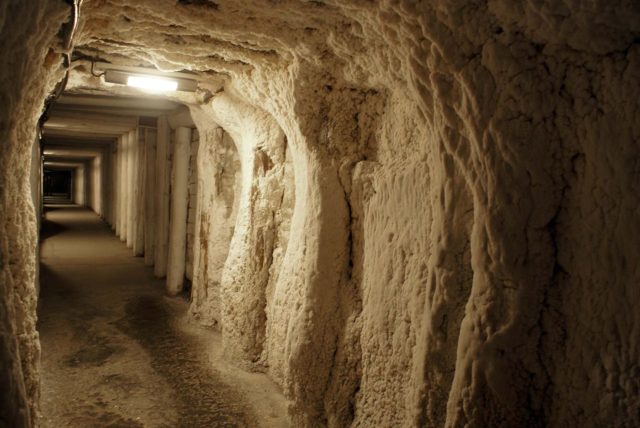
Besides the chambers and tunnels, the mine has four chapels of which the Chapel of St Kinga is best-known. It is dedicated to the Hungarian Princess Kings, who according to legend, was about to marry the Prince of Krakow, Boleslaw V. As part of her dowry she asked her father, King Bela to give her a lump of salt.
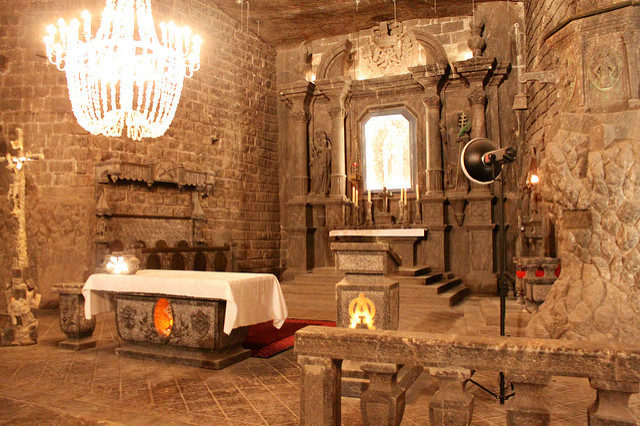
He granted his daughter’s wish and took her to a salt mine in Maramaros. Kinga took out her engagement ring and threw it into a shaft. When she arrived in Krakow, the princess asked the miners to dig deep into the mine until they found a rock. They found a lump of salt and inside it was Kinga’s ring. After this story, she became the patron saint of salt miners, who kept them safe while they were working.
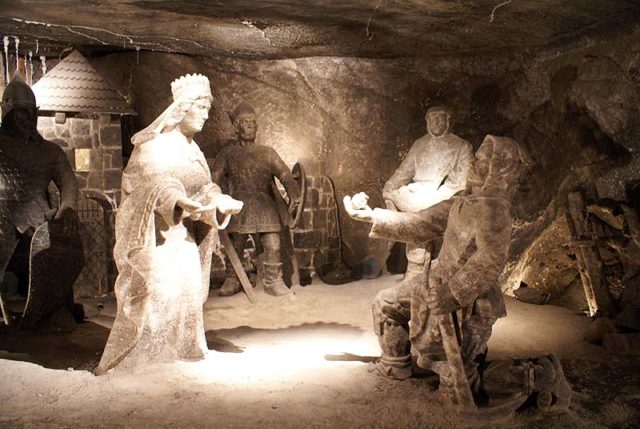
The Wieliczka salt mine today is a National Historic Monument of Poland, and the President Lech Walesa granted its status. Throughout the centuries many famous people visited the salt mine and were inspired by its beauty, including Fryderyk Chopin and Johann Wolfgang von Goethe.
In 2013, the oldest mine in Poland, the Bochia Salt Mine, was added to the UNESCO World Heritage Site, and together with Wieliczka, they are the most astonishing underground salt cities in the world.
